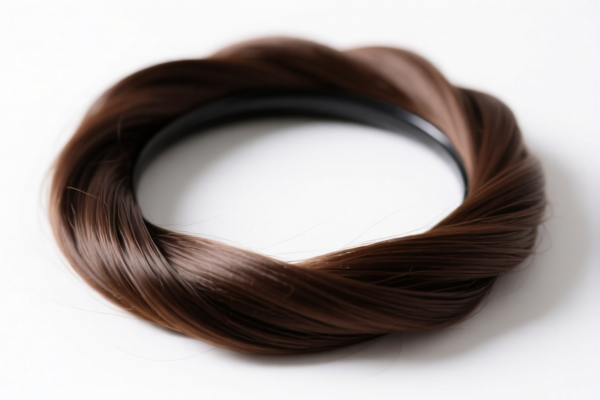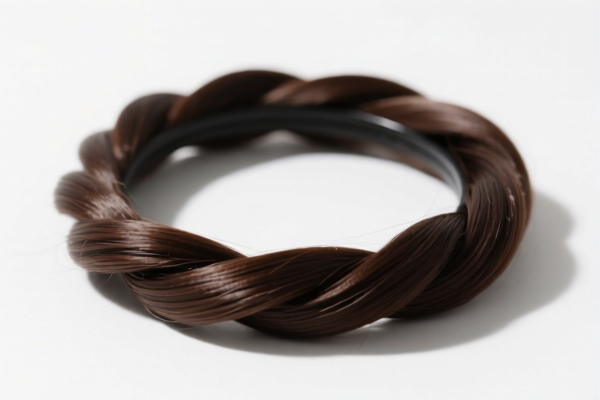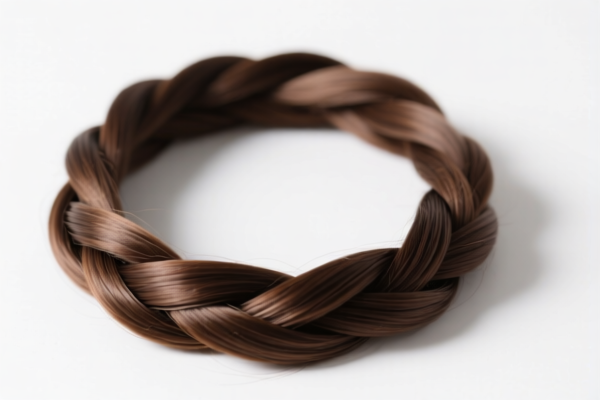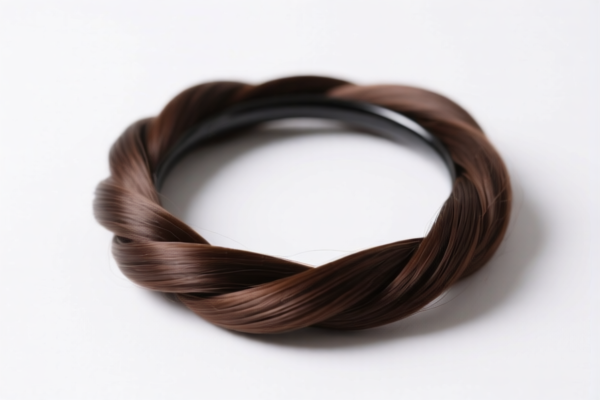| HS Code | Official Doc | Tariff Rate | Origin | Destination | Effective Date |
|---|---|---|---|---|---|
| 7313000000 | Doc | 80.0% | CN | US | 2025-05-12 |
| 7326908688 | Doc | 82.9% | CN | US | 2025-05-12 |
| 7419801700 | Doc | 58.0% | CN | US | 2025-05-12 |
| 7419800900 | Doc | 58.0% | CN | US | 2025-05-12 |
| 7407295000 | Doc | 56.6% | CN | US | 2025-05-12 |
| 7407293800 | Doc | 58.0% | CN | US | 2025-05-12 |
| 5607909000 | Doc | 61.3% | CN | US | 2025-05-12 |
| 5609001000 | Doc | 57.9% | CN | US | 2025-05-12 |
| 5609002000 | Doc | 55.0% | CN | US | 2025-05-12 |
| 5404900000 | Doc | 55.0% | CN | US | 2025-05-12 |
| 5404198080 | Doc | 61.9% | CN | US | 2025-05-12 |




Duct Hoop
A duct hoop is a metal ring used in heating, ventilation, and air conditioning (HVAC) systems to support and secure flexible ductwork. They are a crucial component in maintaining the integrity and efficiency of duct systems, particularly in residential and commercial buildings.
Material
Duct hoops are typically constructed from:
- Galvanized Steel: The most common material due to its strength, durability, and resistance to corrosion.
- Stainless Steel: Used in applications requiring higher corrosion resistance, such as coastal environments or areas with aggressive chemicals.
- Aluminum: Lighter than steel, suitable for smaller duct sizes and less demanding applications.
Purpose
The primary purpose of a duct hoop is to:
- Support: Prevent sagging or collapsing of flexible ductwork, especially over long runs.
- Secure: Maintain the shape and position of ductwork, ensuring proper airflow.
- Reduce Strain: Distribute the weight of the ductwork evenly, minimizing stress on joints and connections.
- Noise Reduction: Properly supported ducts vibrate less, contributing to quieter HVAC operation.
Function
Duct hoops function by:
- Wrapping around the duct: The hoop encircles the flexible duct.
- Providing a rigid support point: The metal ring resists deformation, holding the duct in place.
- Being attached to structural elements: Hoops are fastened to joists, beams, or other building components using screws, bolts, or straps.
- Distributing load: The hoop's circumference spreads the weight of the duct over a larger area, reducing stress on the attachment points.
Usage Scenarios
- Residential HVAC Systems: Supporting flexible ductwork in attics, basements, and crawl spaces.
- Commercial HVAC Systems: Maintaining duct runs in large buildings, warehouses, and industrial facilities.
- New Construction: Installing ductwork during the initial build phase.
- Retrofit Projects: Replacing or repairing existing duct systems.
- Long Duct Runs: Essential for runs exceeding recommended lengths without support.
Common Types
- Standard Hoops: Basic rings designed for general-purpose support. Available in various diameters to match duct sizes.
- Adjustable Hoops: Feature a mechanism to adjust the diameter, accommodating slight variations in duct size or allowing for future adjustments.
- Webbed Hoops: Include a web of metal across the center for added strength and stability.
- Duct Hoops with Straps: Integrated with straps for easy attachment to structural elements.
- Quick-Install Hoops: Designed for faster and simpler installation, often using spring-loaded mechanisms.
Based on the provided information, “duct hoop” can be classified under the following HS codes:
- 7313000000: This HS code covers Barbed wire of iron or steel; twisted hoop or single flat wire, barbed or not, and loosely twisted double wire, of a kind used for fencing, of iron or steel. This is applicable if the duct hoop is made of iron or steel and is used for fencing purposes. The chapter (73) relates to iron or steel products. The heading (0000) specifically denotes barbed wire and related products used in fencing.
- 5607909000: This HS code covers Twine, cordage, ropes and cables, whether or not plaited or braided and whether or not impregnated, coated, covered or sheathed with rubber or plastics: Other: Other (201). If the duct hoop is a type of rope or cordage, this HS code may be applicable. The chapter (56) relates to man-made filaments. The heading (9090) denotes other types of twine, cordage, ropes and cables.
Regarding HS code 7313000000, the applicable tax rate is 80.0%, comprising a base tariff of 0.0%, an additional tariff of 25.0%, and a further additional tariff of 30.0% after April 2, 2025, for steel and aluminum products.
Regarding HS code 5607909000, the applicable tax rate is 61.3%, comprising a base tariff of 6.3% and additional tariffs of 25.0% and 30.0%.
Customer Reviews
No reviews yet.